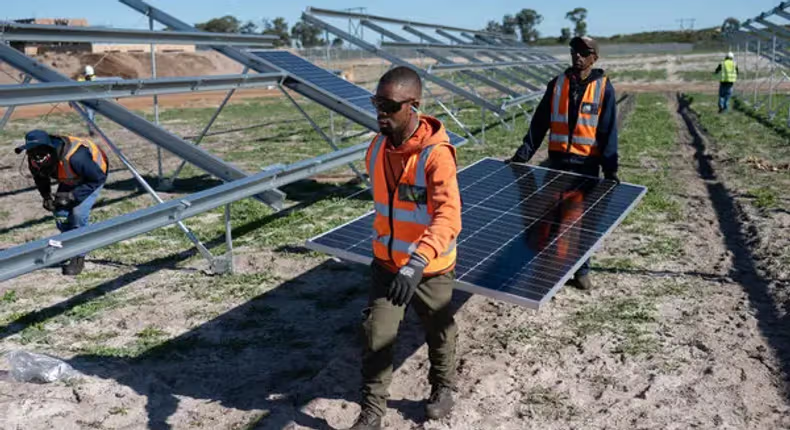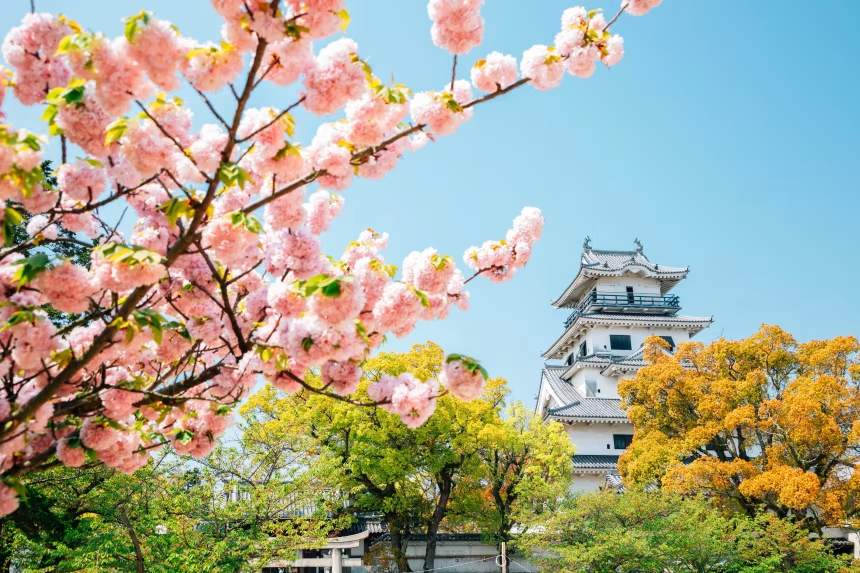Africa is experiencing a major shift toward renewable energy as solar panel imports from China jumped by 60 percent in the 12 months through June 2025. The continent imported a record 15 gigawatts of panels, up from 9.4 gigawatts the previous year, underscoring the scale of demand for clean and affordable energy. With China producing around 80 percent of the world’s solar panels, it remains Africa’s primary supplier.
The growth is widespread. Twenty African nations reached new import records, and 25 countries brought in at least 100 megawatts of panels, compared to only 15 nations a year earlier. South Africa continues to lead the way, but Nigeria has now overtaken Egypt to become the second largest importer, while Algeria climbed into third place. This signals a growing regional commitment to solar as a long-term energy solution.
The impact is transformative. In Sierra Leone, for example, if all the imported panels were installed, they could generate more than 60 percent of the country’s total electricity output for 2023. Across the continent, distributed solar systems—such as rooftop panels and mini grids—are driving progress by reaching communities far from centralized power plants and reducing dependence on costly diesel generation.
Analysts describe this as the beginning of a solar take-off in Africa. Falling panel prices and the versatility of distributed solar have made renewable energy accessible on a scale not seen before. While local manufacturing of solar components is still developing, the availability of inexpensive Chinese panels offers African countries an immediate pathway to expand clean energy and bridge chronic electricity gaps.
Africa’s surge in solar imports is not just a statistic—it is a sign of an energy revolution that is reshaping how millions will power their homes, businesses, and futures.







